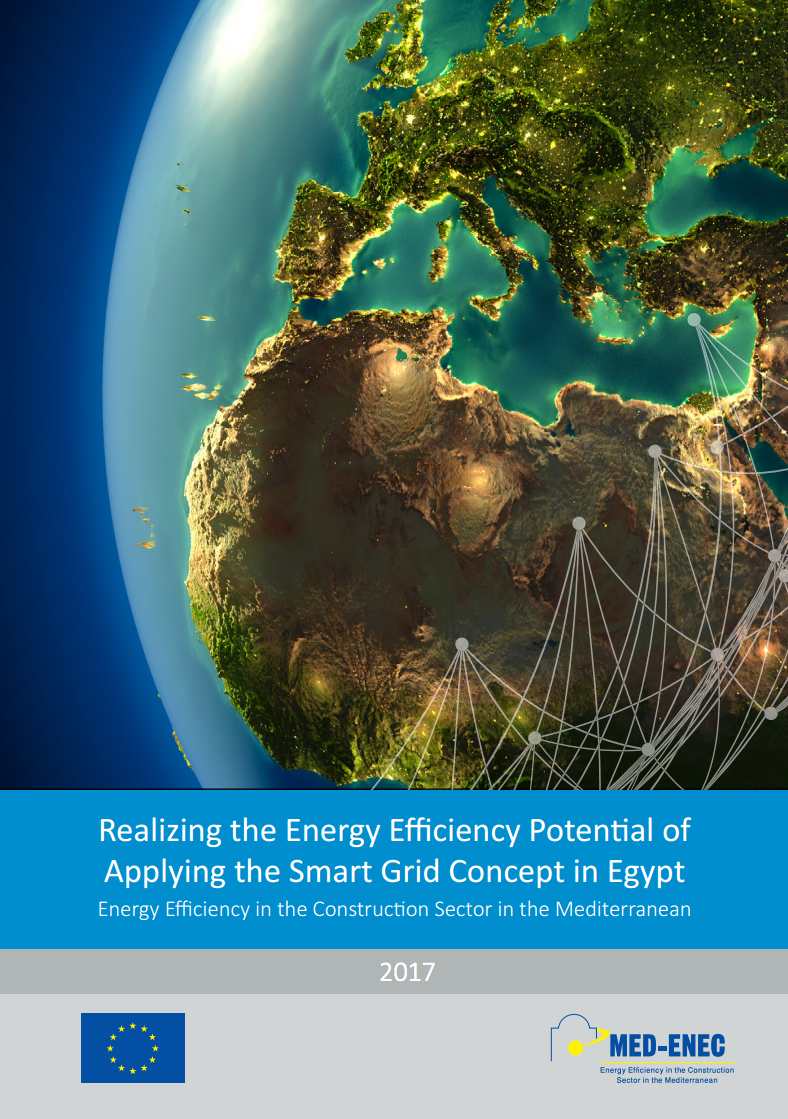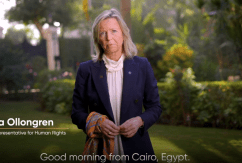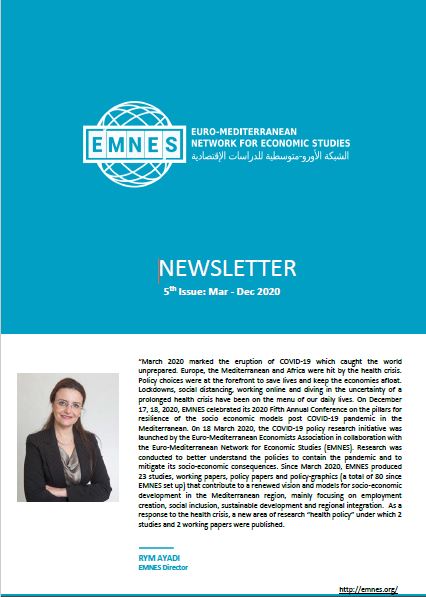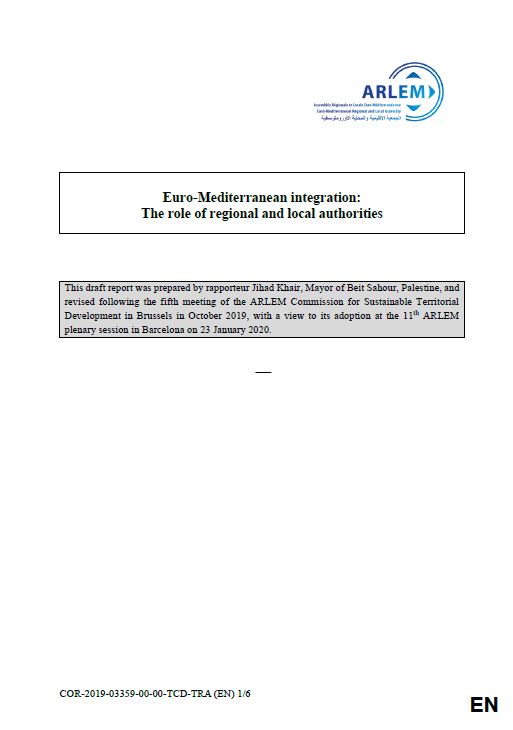Realizing the Energy Efficiency Potential of Applying the Smart Grid Concept in Egypt

“Smart Grids” are highly sophisticated computer based electricity systems to optimise the coordination between electricity supply and demand. Important results are – among others – the (substantial) reduction of the necessary primary energy carrier input and, accordingly, reduction of the CO2 emissions.
Some MENA countries started already to use RE – wind and solar. Most of the MENA countries are committed to expand the RE capacity in the grid up to between 10% and 30% or more in the years to come (Egypt 20% until 2022, Jordan 10% until 2020, Saudi Arabia10% until 2023 and 30% until 2040, Morocco 42% until 2020 and 52% until 2030). Accordingly, smart grids are a must!
This paper provides a Road map to facilitate the decision-making processes of authorities in charge on the advantages of smart grids, barriers to overcome and steps to go. It points out that the strong commitment of the government is important to care for a sustainable and EE oriented development. The relevant stakeholders and their major roles and tasks are identified. The paper is focusing on Egypt as an example for the MENA countries. The recommendations, however, are referring to most of the MENA countries.
Latest Publications
































 Syria
Syria 



